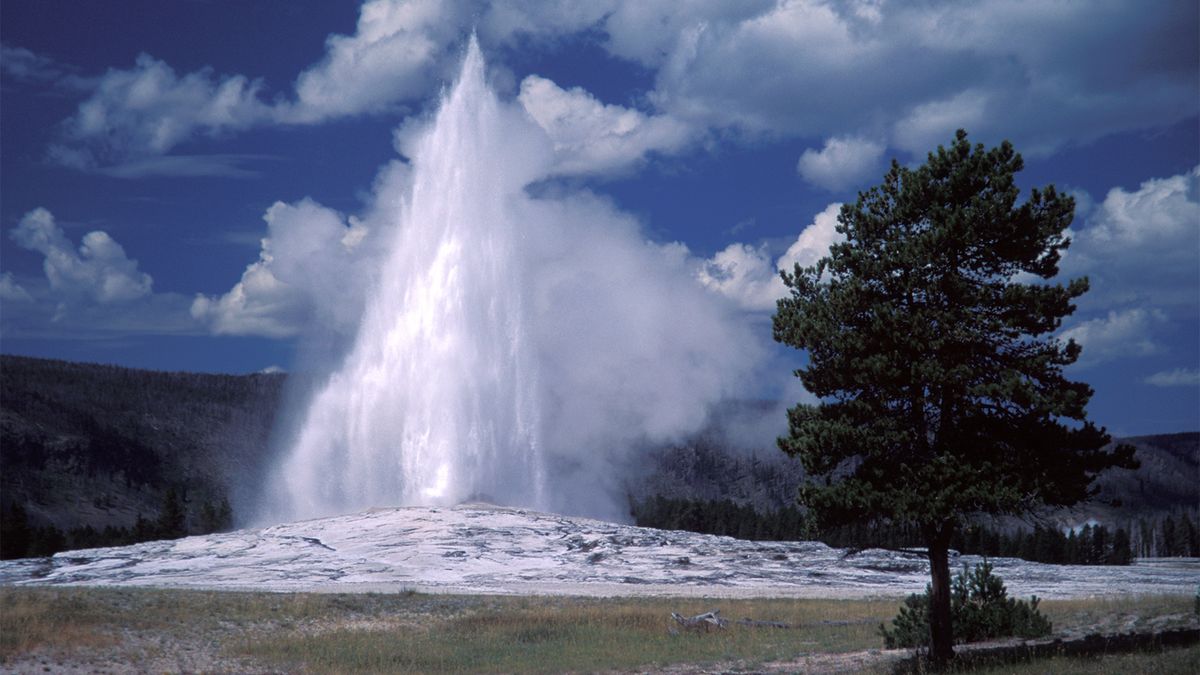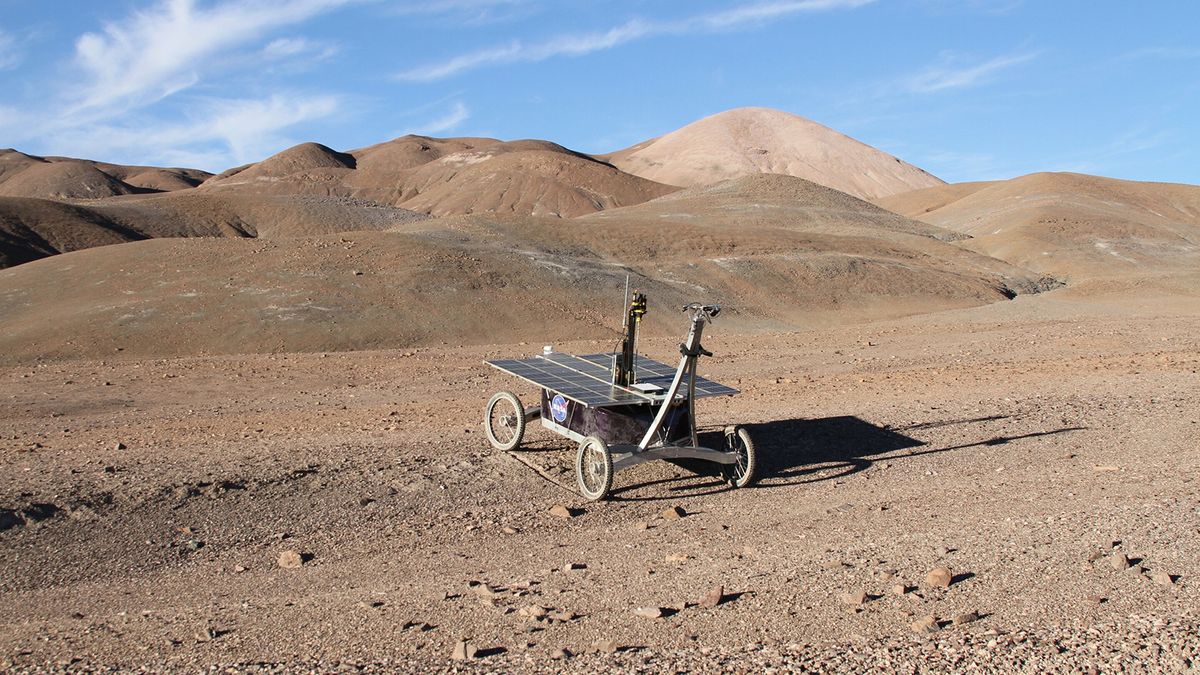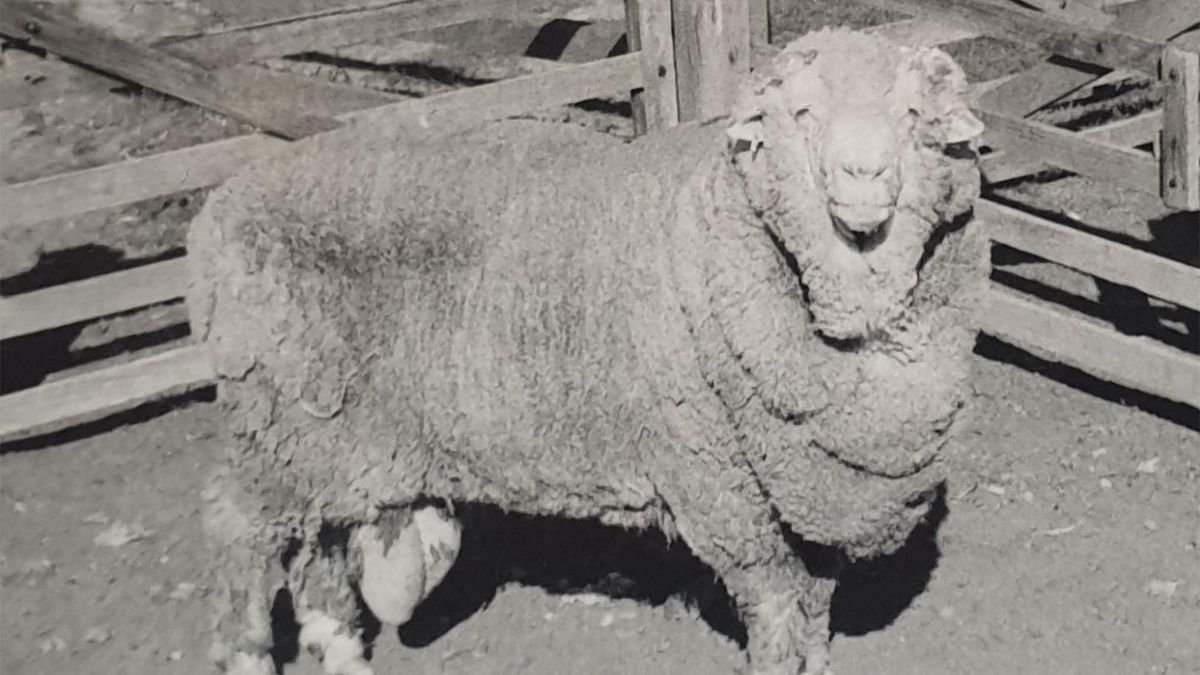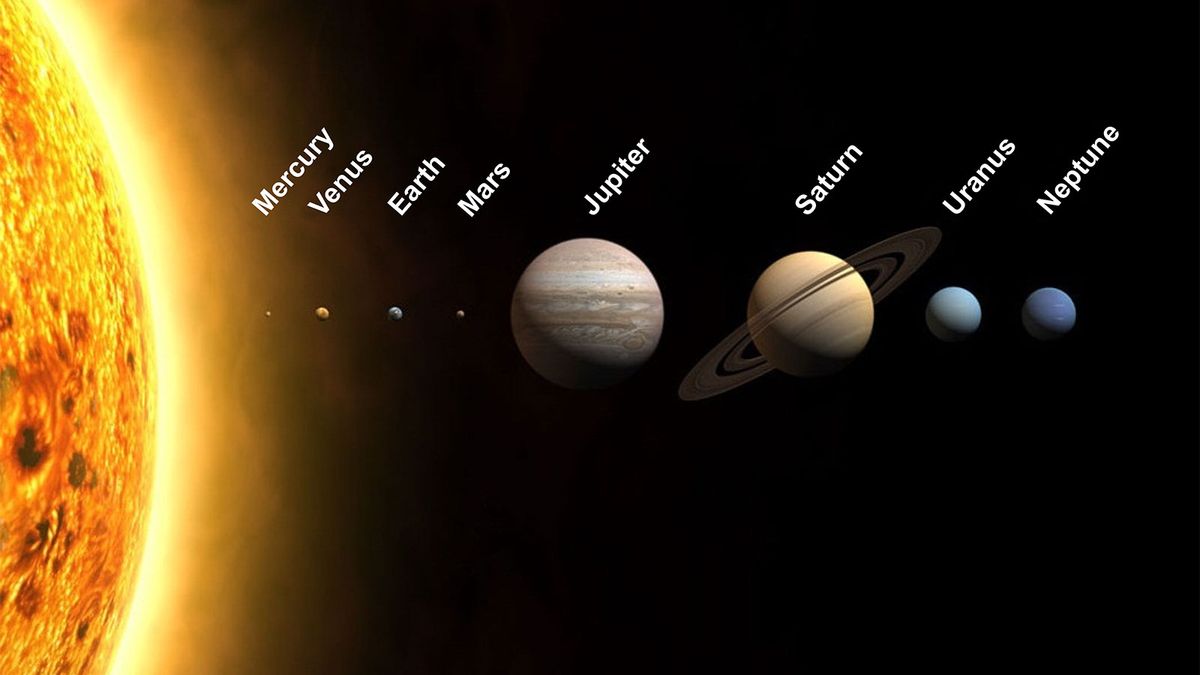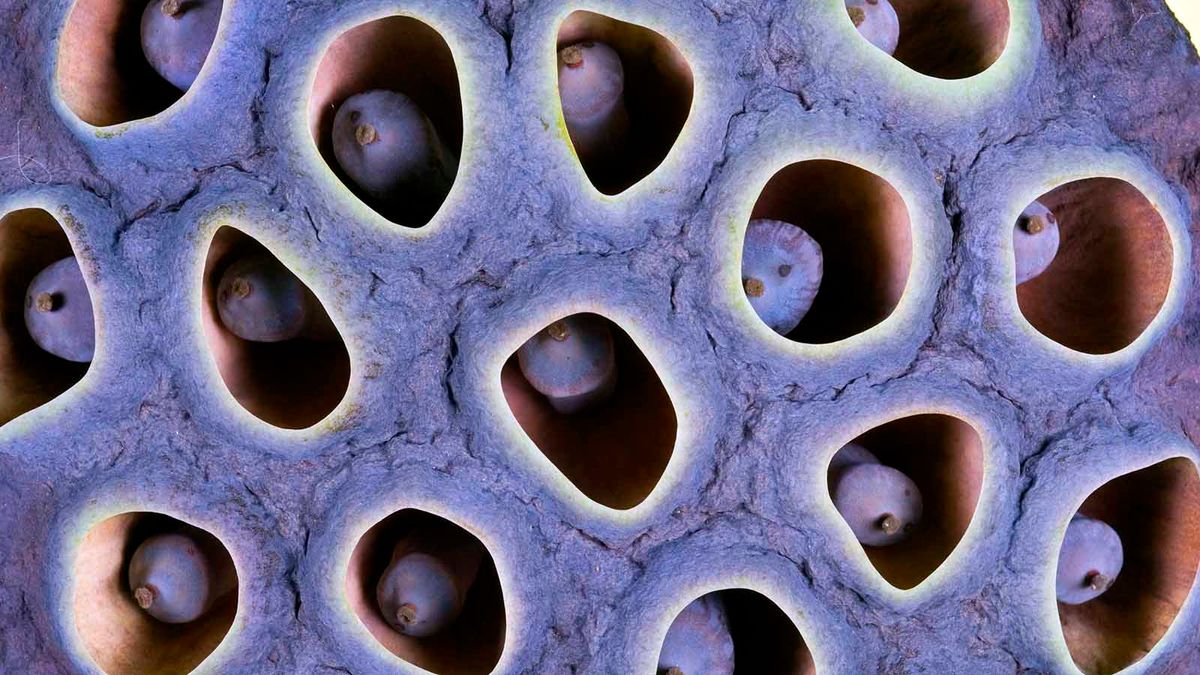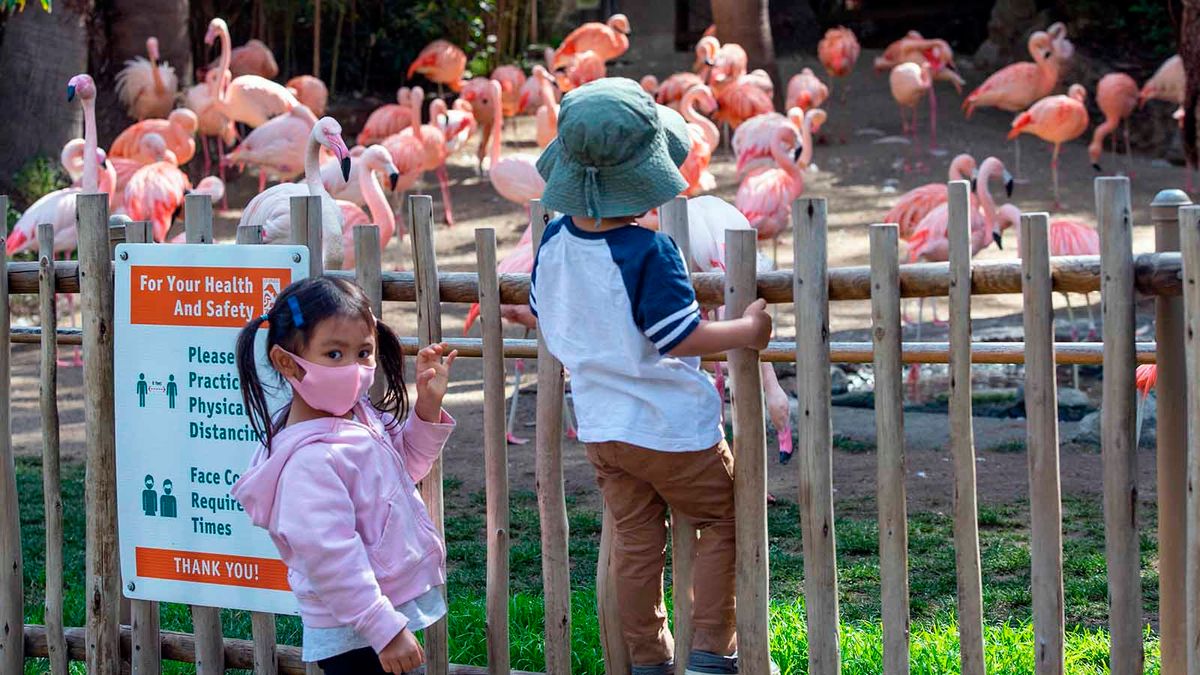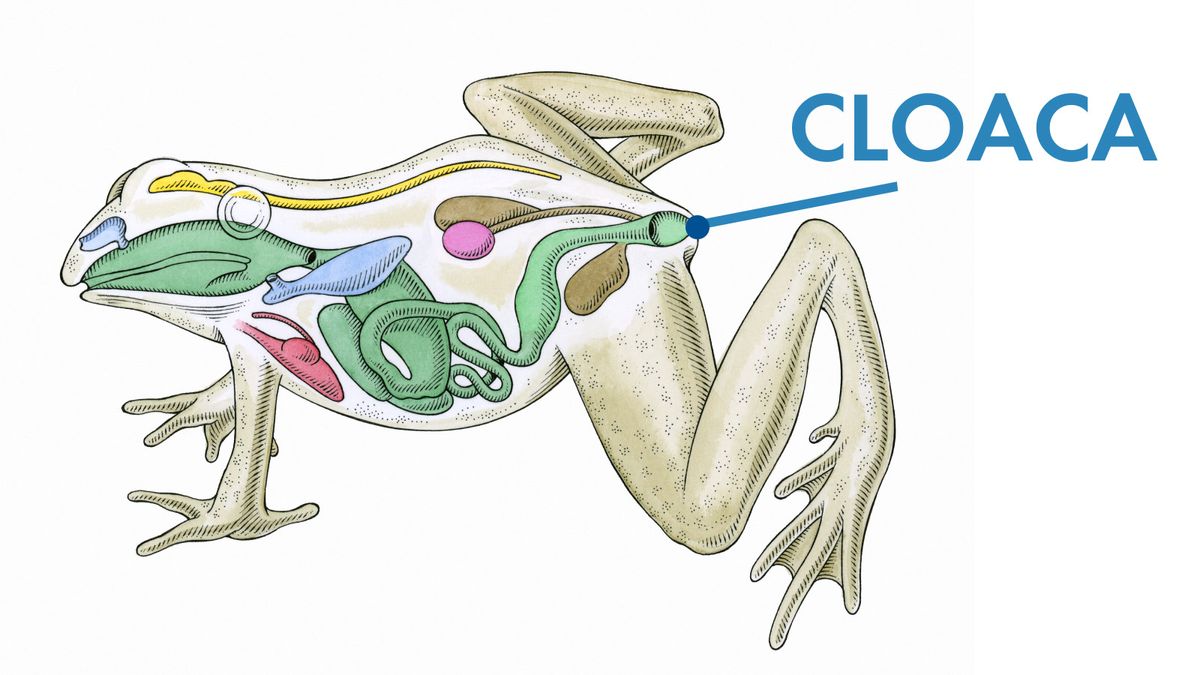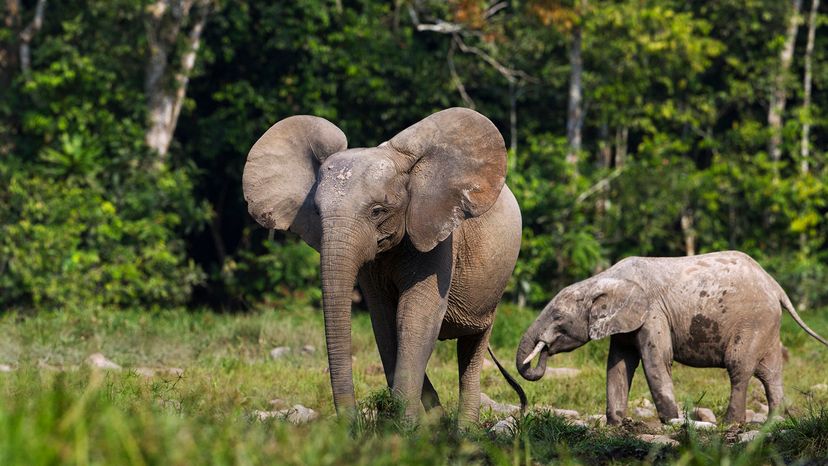
国際自然保護連合は、世界で最も希少な動物に関する世界権威です。リストにある種は、「未評価」、「データ不足」、「軽度懸念」、「準絶滅危惧」、「絶滅危惧Ⅱ類」、「絶滅危惧Ⅱ類」、「絶滅危惧Ⅱ類」、「野生絶滅」、「絶滅」の9つのカテゴリーのいずれかに分類される。
IUCNレッドリストには 3,800 頭以上の絶滅危惧種が含まれています。これらの希少種はまだ野生で見られますが、危険なほど絶滅に近づいています。最も興味深く重要な絶滅危惧種について学びましょう。
- アフリカマルミミゾウ (Loxodonta cyclotis)
- オオタケキツネザル (Prolemur simus)
- タパヌリ オランウータン (Pongo tabanuliensis)
- クロスリバーゴリラ(ゴリラゴリラディエリ)
- 北毛鼻ウォンバット (Lasiorhinus krefftii)
- カカポ (Strigops habroptila)
- スマトラサイ (Dicerorhinus sumatrensis)
- ハイナンテナガザル (Nomascus hainanus)
- コガシラネズミイルカ (Phocoena sinus)
- サオラ (Pseudoryx nghetinhensis)
10. アフリカマルミミゾウ (Loxodonta cyclotis)
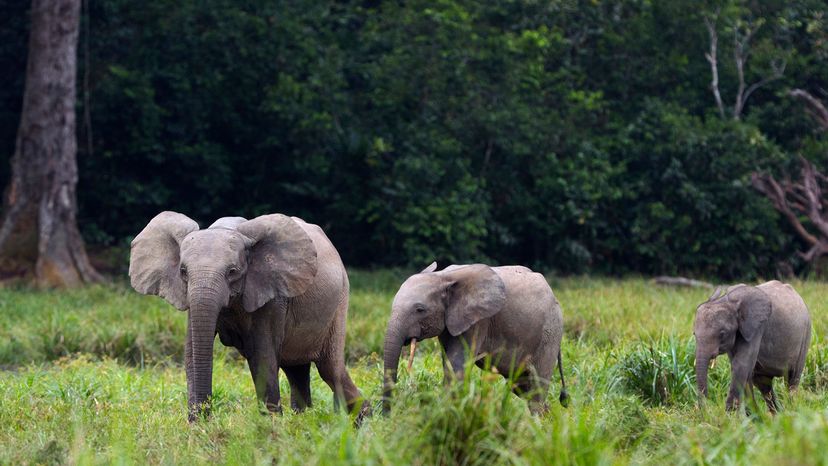
ゾウはアフリカで最も象徴的な動物のひとつですが、その数はますます少なくなってきています。特にアフリカゾウの 1 種、アフリカマルミミゾウは絶滅の危機に瀕していると考えられています。
かつては単一種としてまとめられていましたが、科学者や保護団体は現在、アフリカマルミミゾウ ( Loxodonta cyclotis ) を別個の種として認識しています。
実際、2017 年のゾウ DNA の遺伝子分析では、アフリカのサバンナゾウ ( Loxodonta africana )の約半分の大きさのマルミミゾウが、現存するサバンナゾウよりも絶滅した祖先に近い可能性があることが示唆されました。
残念なことに、どちらの種も絶滅の危機に瀕しています。2016年のアフリカゾウ現状報告書では、絶滅危惧種のアフリカゾウと絶滅危惧種のアフリカマルミミゾウを合わせた大陸の個体数は415,428頭と推定されている。
「サバンナゾウを保護するための保護活動により、多くの個体数が回復し始めていますが、悲しいことにマルミミゾウには当てはまりません。マルミミゾウは依然として生息地の喪失と密猟による強い圧力にさらされています」と動物学会の保護部長アンドリュー・テリーは述べた。ロンドン、IUCNプレスリリースにて。
2011 年にピークに達した象牙の密猟は、ゾウの個体数に多大な被害をもたらし、実際に牙のないゾウに進化した個体もいます。
アフリカマルミミゾウを見たい場合は、ガボンまたはコンゴ共和国へ行く必要があります。ガボンまたはコンゴ共和国は、両国の保護活動のおかげで、最大の個体数が生息しています。
それでも、これらの珍しい動物を見つけるのは難しいかもしれません。ナショナルジオグラフィックによると、彼らは少数の個体からなる小さな群れで暮らしており、その印象的な大きさから「かなりとらえどころのないものであると考えられている」という。
9. オオタケキツネザル (Prolemur simus)
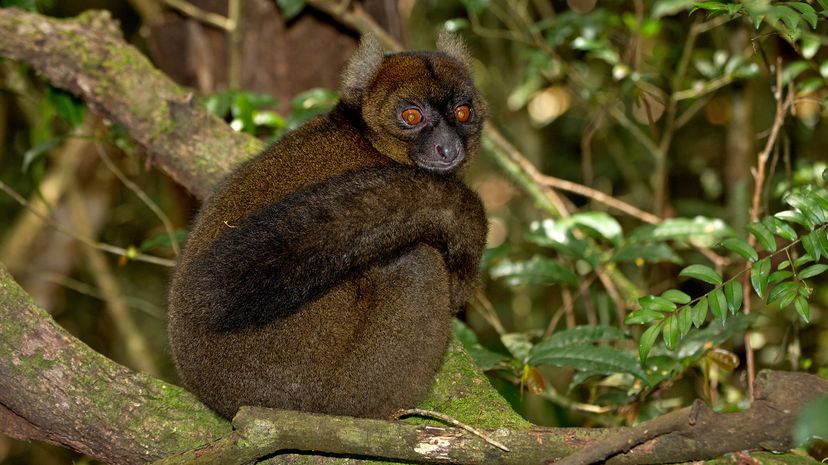
キツネザルは、マダガスカルだけに生息する大きな目と長い尾を持つ霊長類で、長い間自然愛好家を魅了してきました。悲しいことに、ほとんどのキツネザル種は、自然の生息地の喪失により絶滅の危機に瀕しているか、または絶滅の危機に瀕しています。
最も希少な種の 1 つは、大きなタケキツネザルであるProlemur simusです。その名前が示すように、その主な食料源は竹です。気候変動、狩猟、違法伐採、採掘、焼き畑農業に加え、竹の伐採が大幅な人口減少をもたらし、過去30年間で約80%減少した。
2015年には、1,000頭のオオタケキツネザルが野生に残されていました。
8. タパヌリ オランウータン (Pongo tabanuliensis)
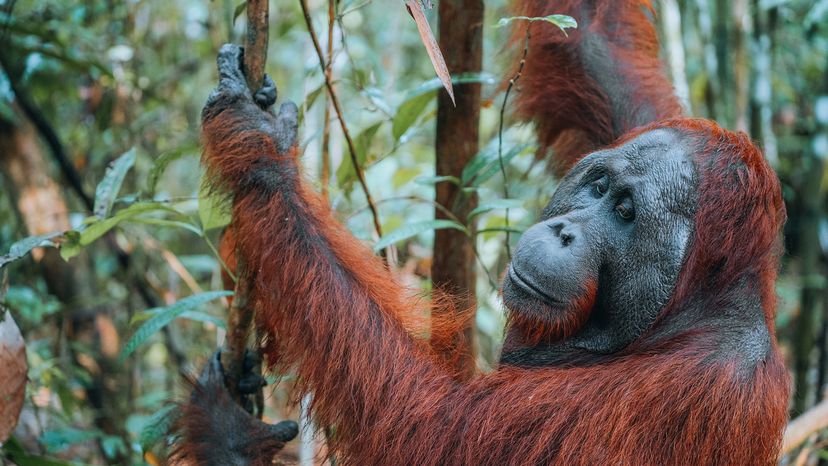
タパヌリ オランウータン ( Pongo tabanuliensis ) は類人猿の中で最も希少で、推定個体数は 800 頭未満です。これを見るには、インドネシアのスマトラ島にあるバタン トル森林に行く必要があります。
タパヌリ オランウータンは 2017 年に別の種として識別されました。それ以前に、科学者や自然保護活動家は、インドネシアのスマトラ オランウータン ( Pongo abelii ) とマレーシアのボルネオ オランウータン ( Pongo pygmaeus ) の 2 種のオランウータンを認識していましたが、どちらも絶滅の危機に瀕しています。
「このオランウータンの個体群がスマトラ島北部のオランウータンとは大きく異なっており、何十年にもわたる大型類人猿に関する集中的な研究を経た今日でも、この霊長類の新種がまだ発見されているというのは、むしろ驚くべきことです。」スマトラ島オランウータン保護プログラム(SOCP)のディレクターであるイアン・シングルトン氏は、IUCNのプレスリリースでこう述べています。
7.クロスリバーゴリラ(ゴリラゴリラディエリ)
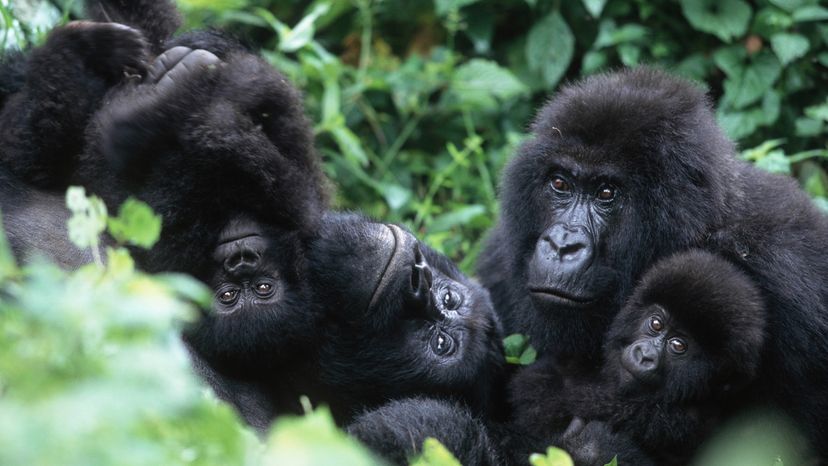
ゴリラは私たちに最も近い親戚の一部ですが、その数はますます稀になっています。
「ゴリラは野生では病気からブッシュミート取引まで数多くの脅威に直面していますが、生息地の喪失はその個体群に特に大きな打撃を与えます」とアトランタ動物園の霊長類主任飼育員であるジョシュ・マイヤーチックは言う。 「農業、林業、鉱業により、ゴリラの個体数はますます狭い土地に押しやられています。」
ニシゴリラ (ゴリラゴリラ) とヒガシゴリラ (ゴリラベリンゲイ) はどちらも個体数が減少しており、絶滅の危機に瀕しています。各種には 2 つの亜種があります。
Cross-river gorillas (Gorilla gorilla diehli) are the rarest, with an estimated population of 250-300, followed by mountain gorillas (Gorilla beringei beringei), with an estimated population of 1,000. There may be 3,800 Grauer’s gorillas, also known as the eastern lowland gorilla (Gorilla beringei graueri).
The population of western lowland gorillas (Gorilla gorilla gorilla) is the largest, at an estimated 316,000 individuals according to IUCN.
6. Northern Hairy-nosed Wombat (Lasiorhinus krefftii)
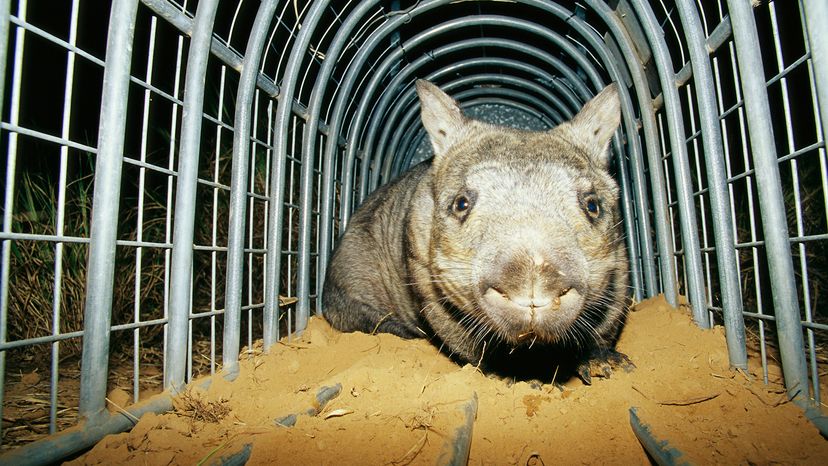
The northern hairy-nosed wombat (Lasiorhinus krefftii) is one of the rarest mammals in Australia. When its population dropped to just 35 individuals, the Queensland Parks and Wildlife Service built a fence around an area of the Epping Forest National Park to keep out dingoes and wild dogs, which prey on the wombats.
The conservation effort has been successful, and there were 315 northern hairy-nosed wombats in May 2021, according to the Australian Wildlife Conservancy.
5. Kākāpō (Strigops habroptila)
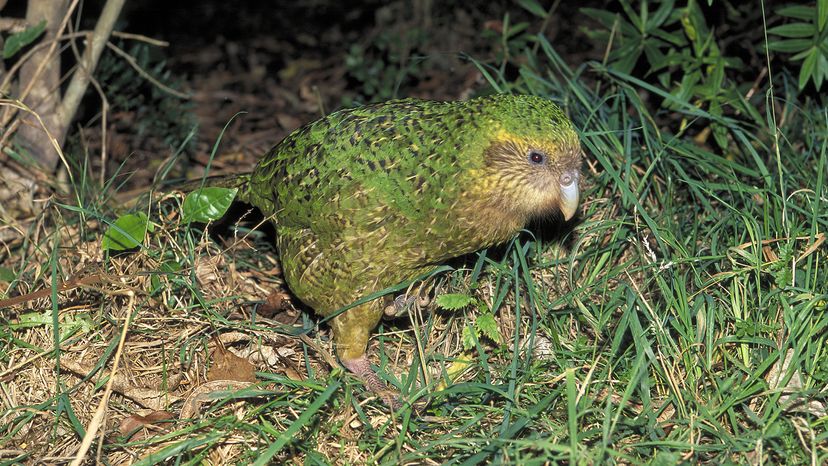
The kākāpō (Strigops habroptila) is a large, nocturnal, flightless parrot from New Zealand. With a mating call that can reach up to 132 decibels, it’s one of the loudest animals in the world. (For reference, a car horn is 110 decibels .)
Once abundant, kākāpō populations declined due to hunting. Despite conservation efforts, the population is declining, and in 2018, there were 149 known kākāpō in New Zealand.
4. Sumatran Rhinoceros (Dicerorhinus sumatrensis)
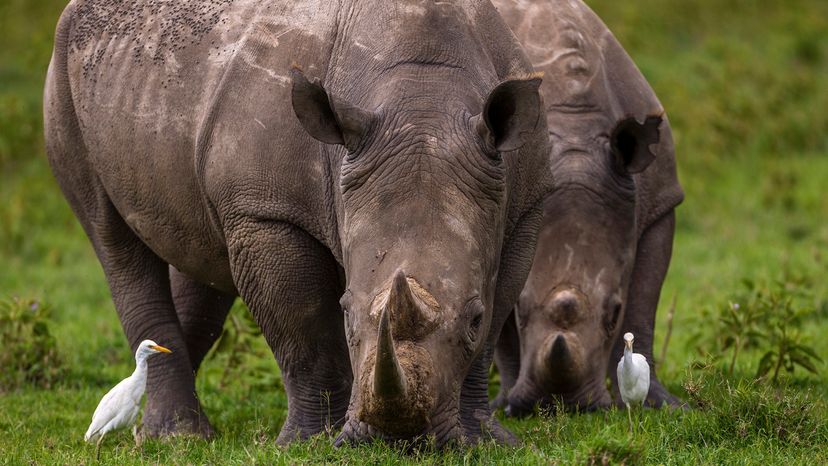
The Sumatran rhinoceros (Dicerorhinus sumatrensis) is the smallest, hairiest and most ancient living rhino species. In 2019, there were approximately 80 Sumatran rhinos, but the population is decreasing.
However, there has been some success with breeding programs. In October 2023, Ratu, a 22-year-old Sumatran rhino, gave birth to a healthy calf — her third — at the Sumatran Rhino Sanctuary facility in Way Kambas National Park, Lampung, Indonesia.
Other endangered species of rhinoceros include Javan rhinos (Rhinoceros sondaicus) and black rhinos (Diceros bicornis).
3. Hainan Gibbon (Nomascus hainanus)
The Hainan gibbon (Nomascus hainanus), only found in Hainan, China, is the world’s rarest ape, with a population of about 35 individuals.
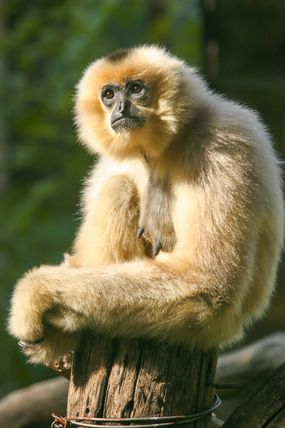
Poaching and habitat loss have pushed this species, once found all over the island, into a 5.8-square-mile (15-square-kilometer) patch of forest in the Bawangling National Nature Reserve.
With such a small wild population, tracking is of the utmost importance. “If we can find out how many there are, and where they live, we can focus on protecting and reforesting those areas,” conservation scientist Jessica Bryant told National Geographic.
Listening to the gibbons sing is the best way to identify them. “Every gibbon species has a slightly different call,” Bryant said. “In my opinion, the Hainan gibbon’s haunting song is the most beautiful of all.”
2. Vaquita (Phocoena sinus)
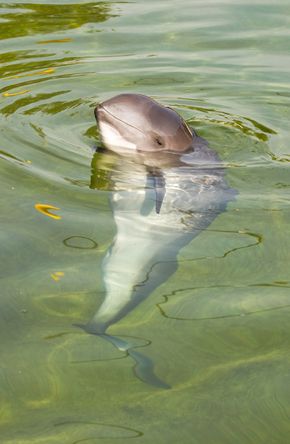
The vaquita (Phocoena sinus) is a porpoise from the Gulf of California, a strip of water that separates Baja California from mainland Mexico. Its name means “little cow” in Spanish, thanks to its small stature (at 5 feet [1.5 meters] in length, it’s the world’s smallest cetacean) and unique markings.
With an estimated population size of 10-13 individuals, the vaquita is the world’s rarest marine mammal. “We’re at the end of the line for the vaquita,” Sarah Uhlemann, international program director and senior attorney with the Center for Biological Diversity, shared in an email interview with .
The vaquita has not responded well to captive breeding attempts, so the only option for saving this species is protecting the remaining population.
“The vaquita faces a single threat: entanglement in fishing gear set to catch shrimp and a giant fish called the totoaba,” Uhlemann explains. Fishing with these deadly gillnets is illegal in the vaquita’s habitat, but enforcement has been a problem.
In August 2022, the Mexican government installed concrete blocks with hooks designed to entangle fishing nets in the protected Zero Tolerance Area (ZTA), which seem to be deterring fishing activity.
The 2023 vaquita survey saw a 90 percent reduction of gillnetting in the protected areas compared to the previous survey in 2021, and conservationists want the government to add more of these deterrents to areas outside the ZTA where vaquitas are also found.
“Mexico must crack down and end illegal fishing now, or we’ll lose the vaquita forever,” Uhlemann says.
1. Saola (Pseudoryx nghetinhensis)
While it would be impossible to definitively rank the world's rarest animals, the saola (Pseudoryx nghetinhensis), also known as the “Asian unicorn” makes a pretty solid case for rarest animal species. Although there may be as many as 750 living in the wild, saola sightings are extremely rare.
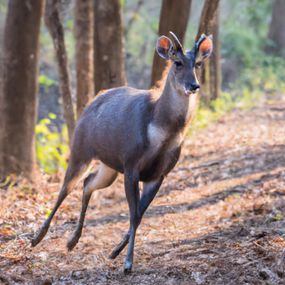
A saola sighting in 2010 was the first confirmed record of the species since camera-trap images taken in 1999. The saola lives in dense forests in the Annamite Mountains of Laos and Vietnam and is notoriously shy, making observation very difficult. The 2010 sighting was of a saola captured in its natural habitat and brought back to a village, where it died within days.
スミソニアン保全生物学研究所の獣医師であり、IUCNサオラ作業部会のメンバーでもあるピエール・コミッツォーリ博士は、「サオラの生物学に関する知識の欠如が、サオラの保護活動の大きな制約となっている」とプレスリリースで述べた。
コミッツォーリ博士は、サオラの死骸の保存が保護活動に役立つことを期待している。
今が重要です
世界で最も珍しいネコ科の動物はアムールヒョウ ( Panthera pardus orientalis ) で、個体数は推定 60 頭未満で、絶滅危惧種に指定されているヒョウの亜種です。

















